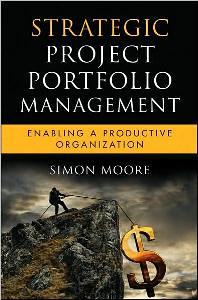
Similar to Rework, Peopleware focuses on the human side of project management, and specifically undoing many of the dysfunctions of organizations that make employees ineffective. Peopleware, as the name suggests is about how individuals can achieve flow and how team dynamics make projects successful and should be useful to most project managers given the provocative ideas that it contains.
The importance of efficient office design
Cost efficiency in office design favors crowding large numbers of people into ever smaller spaces, this increases noise and distractions making it harder for employees to be productive. The costs of these interruptions then mean employees spend more time recovering from interruptions than getting meaningful work done offset the cost savings of spending less on office space. Because of the importance of this topic, the authors spend a lot of time discussing optimal workplace design.
Inefficient design of the telephone
The authors also point out that the telephone was poorly designed, rather than ringing once and then giving the receiver the choice to answer it rings incessantly until it is answered. The telephone, like the cramped office, promotes interruption. Interruption is the enemy of efficiency because it makes it hard for employees to be productive.
“Open kimono” management
In addition to office design, the book spends a lot of time on team dynamics, the importance of “open kimono” management, delegating and empowering employees and fostering communication and shared values within teams. “The managers’ function is not to make people work, but to make it possible for people to work.”
Overstaffing projects in the initial stages
Most directly relevant to project management, the authors argue that projects are often overstaffed during the planning phases for political reasons, planning and design requires small teams, whereas execution requires a much larger team. As the project requirements move from planning to execution, so the team size should increase. However, the authors seldom see this happen, arguing that most projects have excessively large teams during the design phase.
Despite the reference to projects and teams in the full title the book focuses more on management and team dynamics, and takes an adversarial tone against many norms of organizations. In this way, the book is very similar to Rework, and is more useful to the manager of people than of projects. The book is initially written to focus on the process of designing software, but most of the conclusions are broadly applicable.









